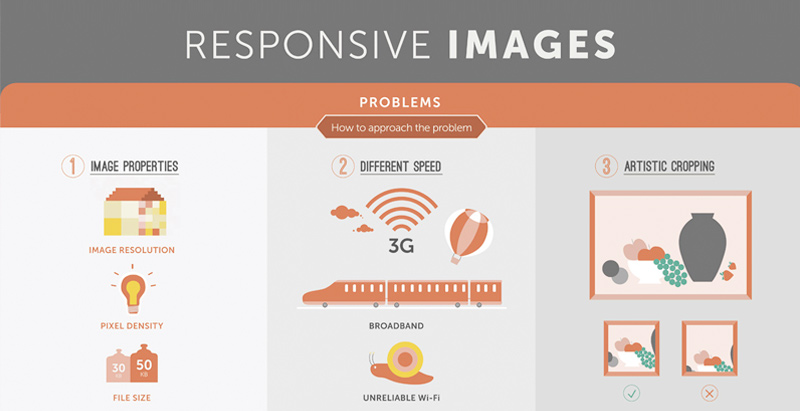Fascinated In Discovering Just How Web Site Design Has Altered For Many Years? Explore The Progression From Basic, Straightforward Designs To User-Centered Strategies That Focus On The Needs And Choices Of On-Line Site Visitors
Fascinated In Discovering Just How Web Site Design Has Altered For Many Years? Explore The Progression From Basic, Straightforward Designs To User-Centered Strategies That Focus On The Needs And Choices Of On-Line Site Visitors
Blog Article
Published By-Collier Bowles
In the past, websites were straightforward and focused on details. Navigating was straight, and style was for desktop computers. Now, customer experience is vital. Data guides styles for easy navigating. Responsive formats suit various devices. Today, dark setting lowers strain, and minimalist menus enhance navigating. Interactive features engage users, and bold visuals stand out. AI assimilation enhances interaction. See how layout has actually progressed to enhance your on the internet trip.
Early Days of Web Design
In the very early days of web design, simplicity preponderated. Sites were standard, with restricted shades, font styles, and formats. The focus got on giving information as opposed to showy visuals. Users accessed the net via sluggish dial-up connections, so speed and functionality were key.
Navigation food selections were straightforward, generally located on top or side of the page. Web sites were created for computer, as mobile browsing wasn't yet widespread. Web content was king, and developers prioritized easy readability over complex style elements.
HTML was the key coding language used, and designers needed to function within its restraints. Computer animations and interactive features were minimal compared to today's requirements. Sites were fixed, with little vibrant content or customized user experiences.
Increase of User-Focused Style
With the development of site design, a shift in the direction of user-focused layout principles has become progressively prominent. Today, producing websites that prioritize customer experience is important for engaging visitors and achieving company goals. User-focused layout entails understanding the requirements, preferences, and habits of your target audience to customize the website's design, web content, and includes as necessary.
Designers now conduct comprehensive research study, such as user studies and usability testing, to collect understandings and comments directly from customers. google places profile -driven approach helps in producing intuitive navigating, clear calls-to-action, and visually appealing interfaces that resonate with visitors. By putting the customer at the facility of the style process, internet sites can supply a much more individualized and delightful experience.
Receptive style has actually additionally emerged as a key aspect of user-focused design, making certain that web sites are maximized for numerous tools and screen dimensions. This flexibility improves availability and functionality, accommodating the varied means customers connect with websites today. Fundamentally, the rise of user-focused design symbolizes a change towards developing digital experiences that focus on the requirements and assumptions of completion user.
Modern Trends in Web Design
Explore the current patterns shaping website design today. One famous pattern is dark mode layout, supplying a sleek and modern appearance while lowering eye stress in low-light atmospheres. An additional crucial pattern is minimal navigation, streamlining food selections and enhancing user experience by focusing on essential elements. Integrating micro-interactions, such as computer animated switches or scrolling impacts, can create a much more appealing and interactive website. Receptive style remains critical, ensuring smooth individual experiences throughout numerous tools. In addition, utilizing bold typography and unbalanced formats can add aesthetic rate of interest and draw attention to certain content.
Integrating AI technology, like chatbots for consumer assistance or customized referrals, boosts individual interaction and simplifies processes. Access has additionally become a substantial fad, with developers prioritizing comprehensive style methods to satisfy diverse customer demands. Welcoming sustainability by maximizing website performance for speed and efficiency is another emerging pattern in website design. Teaming up with individual feedback and information analytics to iterate and improve style continuously is essential for staying pertinent in the ever-evolving electronic landscape. By welcoming these modern patterns, you can develop an aesthetically appealing, easy to use web site that reverberates with your target market.
https://www.business.com/articles/international-digital-marketing/
As you assess the advancement of internet site layout from the very early days to now, you can see exactly how user-focused style has actually come to be the driving force behind modern trends.
Welcome the journey of adjustment and adjustment in web design, always keeping the user experience at the center.
Stay present with the most up to date trends and modern technologies, and never quit advancing your approach to develop visually stunning and user-friendly web sites.
Advance, adjust, and create - the future of web design remains in your hands.
